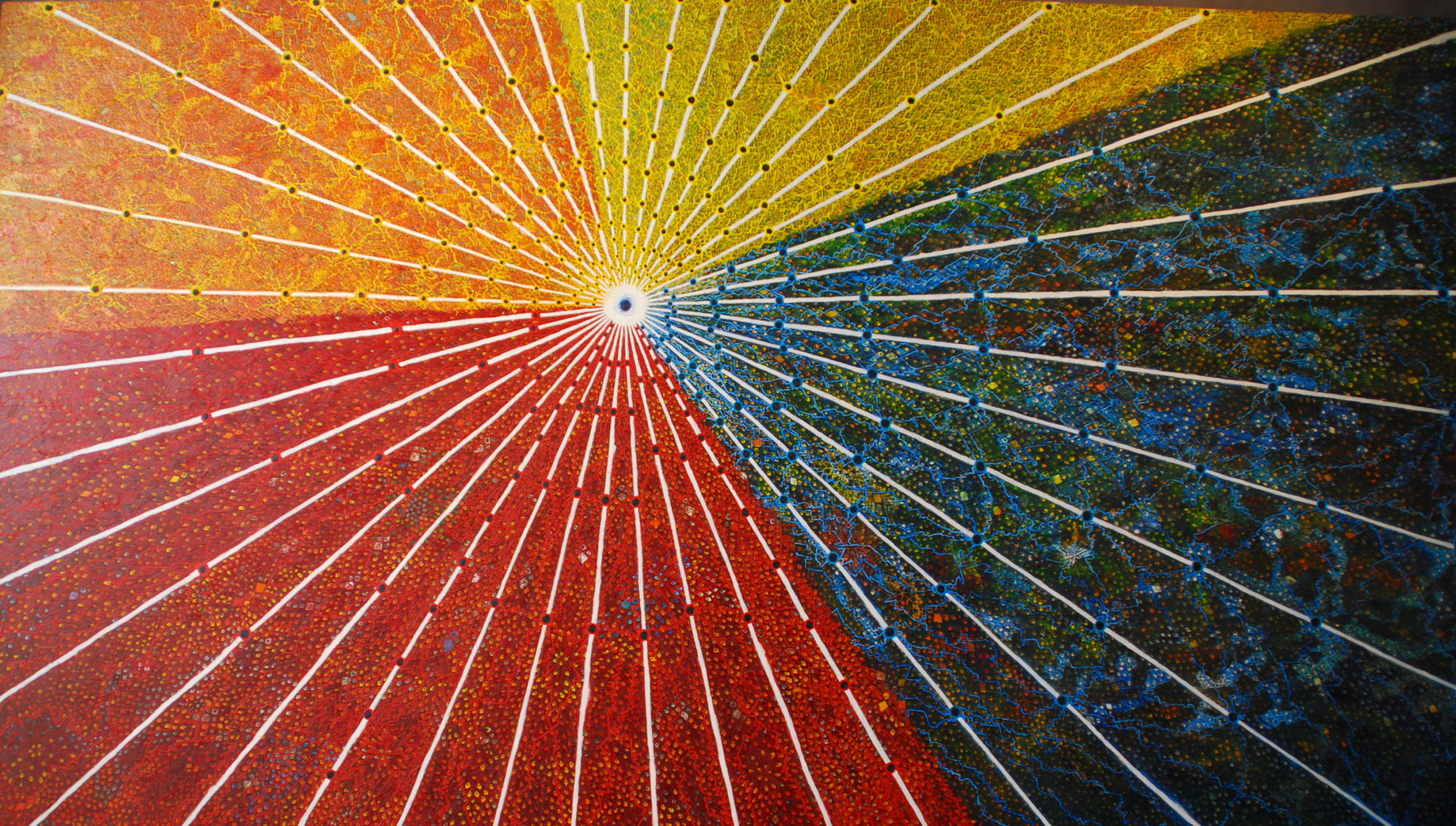After a grueling 3 weeks in Nicaragua…okay, there really wasn’t that much that was grueling about it, except for maybe the cold showers and that rat that invaded our bedroom one night…we decided to end our stay in this beautiful Central American country with a few days at the beach. Appropriately enough in a country chock full of volcanoes, Las Penitas, the beach we went to near Leon, was a black sand beach, that burned the heck out of your feet. As with most Pacific Ocean beaches, the water was rough and the waves were huge and popular with surfers. The water was however, in contrast to most of my experiences with the Pacific Ocean, not freezing cold and actually felt really great, especially considering how hot the sun is in Nicaragua.
A couple of hours in the sand and the surf and a mojito or two (we had to try the local rum!), and we were nice and relaxed (since let me tell you…permanent vacation is rough). So being all relaxed and having nice hammocks all around us for a leisurely day of reading, what did we decide to do with ourselves on day two? Well, wake up at 5 a.m., rent a kayak, and paddle around for 6 hours, of course. What else would you do?
In the early morning sunlight, we paddled through a lagoon created by an island that is now a nature preserve. Herons, egrets, and other large beautiful birds flew low over the water. Blue and orange crabs clung to the roots of the mangrove trees that grew dense along the lagoon. Tiny fish leaped in and out of the water. And somewhere caymans lurked, though we never did see one.
After a few hours of paddling, we tied up our kayak and scrambled across a narrow portion of the island to the crashing waves of the ocean on the other side. We looked as far as we could see in both directions, and yet saw no one. We had the entire beach to ourselves. So we waded in the water, searched among the many shells that washed ashore for the best of them, and watched tiny hermit crabs scuttle along the sand. When the tide had gone out, we returned to our boat, making the return trip with the current in our favor, a good thing since the sun had become quite intense.
After all the paddling, swimming, and sunning, I was wiped out, but Jeff still had a bit of energy to spare, so when darkness descended he headed back to the island, this time with a park ranger and a very specific goal—spotting one of the sea turtles that come ashore on the island to lay their eggs. (And here, in his words, is that experience…)
Six men per week live out on Isla Juan venado during the week, and their job is to walk the beach at night and look for turtles laying eggs. They then collect these eggs after the turtles have left and move them to a “vivero” where they can safely incubate. When they hatch, they are released at night so they have a better chance of survival. My guide and I (I was the only one interested in turtle watching, apparently) set off early in order to see the release of some of the young ones that had been born that day. Beyond that, “necesitas tener suerte” – a little luck was in order.
We headed out to the island slightly before dusk and by the time we reached the vivero (hatchery) and the tiny turtles, it was pretty well dark. Even so, they were impossibly tiny and soft. And when they were set on the sand, they just sat there, somewhat bewildered. Eventually they got the idea and stumbled off toward the ocean. Then they disappeared.
Then we set off down the beach, my guide and I on a romantic evening stroll. There is something quite maggical about the beach at night, especially in Nicaragua, where the entire sky is lit up with stars. The soft moonlight illuminates the crashing waves, the cool sand, the way every ridge in the sand casts dramatic shadows.
We walked for about an hour down the beach, with me turning on my flashlight constantly looking for turtles. Its only after I give up on seeing one and we turn around that I realize how silly it was to be so actively looking for one. About five minutes back toward the vivero, there is a giant shadow of disrupted sand leading directly up the beach. At the end sits a giant lump, and its abundantly clear, tengo suerte. The turtle has just started digging a nest, and is throwing out sand with strained effort. My guide tells me we must be very quiet because at this point if we are noticed, it will leave without laying eggs. We sit patiently and wait until the sand stops flying and the turtle starts laying. At this point, there is no turning back for the turtle.
We observe this much closer, then watch as the turtle slowly fills back in the sand and does what I think is the coolest part. It scoops sand in, then leans to and fro on its belly a bit like a rolling pin, compacting the sand. Following this ritual, the turtle ambled back off toward the sea, and within one wave hitting it, was gone.
That was the only turtle we saw all night. In a way, I liked it that way. Many would’ve been neat to see, but I wouldn’t have studied it as closely, watched the whole process through. And it felt like something I had to earn with all my walking, a just reward. It really was an amazing process to watch, and I’m glad I went (and made my guide walk so long with me). It was a pleasant way to end Nicaragua.








You must be logged in to post a comment.